Distracted Driving
Here’s Why You Should pay Attention3,450
Number of fatalities in America in 2016 due to distracted driving (NHTSA)




Kate Morgan remembers the incident vividly. She was driving to her parents’ house in suburban New Jersey, alone, with her cell phone on her lap.
It was around 10 p.m. “I’m not even sure exactly who I was texting, but it definitely wasn’t important,” recalls Morgan, a Pennsylvania-based journalist who was a teenager at the time. But she clearly recollects what happened next: The road beneath her curved, while she continued to drive straight. By the time she looked up, just a couple of seconds later, her car was hurtling onto someone’s lawn and crashing into a mailbox—which went flying over the hood of her station wagon.
She was uninjured but horribly shaken. “On an average afternoon, the front lawns on that street are full of kids. I know how bad it could have been,” says Morgan (who paid the homeowner for the damage).
“I don’t text and drive anymore.”
By The Numbers
Stories like Morgan’s—many of which end far more tragically—are all too common these days. The statistics are grave and alarming: Distracted driving was the cause of 3,450 American deaths in 2016, as well as 391,000 injuries in 2015, according to the National Highway Traffic Safety Administration (NHTSA).
Yet many people continue the practice. A study published in the Proceedings of the National Academy of Sciences (PNAS) found that American drivers engage in distracting activities more than 50 percent of the time they’re behind the wheel—effectively doubling their crash risk.
That risk translates into accidents. The same study concludes that 4 million of the 11 million crashes that occur in the U.S. every year would potentially be avoided if we could eliminate distraction.
“Make no mistake,” says Maureen Vogel, a representative for the National Safety Council (NSC). “Distracted driving is an epidemic.”
3,450
Number of fatalities in America in 2016 due to distracted driving (NHTSA)
36%
Potential amount of crashes in the U.S. each year that could be avoided if we eliminate distraction (PNAS)

36%
Potential amount of crashes in the U.S. each year that could be avoided if we eliminate distraction (PNAS)

“DISTRACTED DRIVING IS AN EPIDEMIC.”
—MAUREEN VOGEL, National Safety Council
DISTRACTING THINGS WE ALL DO
It’s not just cell phones that can distract us. All of these (perfectly legal) activities have caused accidents—take extra caution.

Quiz:
Do You Know The Facts?
Q: What’s the most common distracting behavior of drivers at a stoplight?
REVEAL ANSWER
A: Eating & drinking
Source: IIHS
Q: Reaching for, answering, or dialing a cell phone increases the risk of a crash (or near crash) by how much?
REVEAL ANSWER
A: Any of them triples your risk.
Source: IIHS
Q: How many teens who text say they have texted while driving?
REVEAL ANSWER
A: One in three. It increases their risk of a crash 23 times.
Source: NHTSA
Q: Which passengers cause teens to exhibit the riskiest behaviors? Family, friends, or no passengers?
REVEAL ANSWER
A: Friends, especially when there are two or more.
Source: NHTSA


Video: Avoiding Your Cell Phone While Driving
Play Button
More: Managing Emotions While Driving
Play Button
More: Managing Passengers While Driving



“THERE’S A DANGEROUS SORT OF CULTURAL COMPLACENCY THAT’S OVERTAKEN US, ESPECIALLY WHEN IT COMES TO USING OUR DEVICES.”
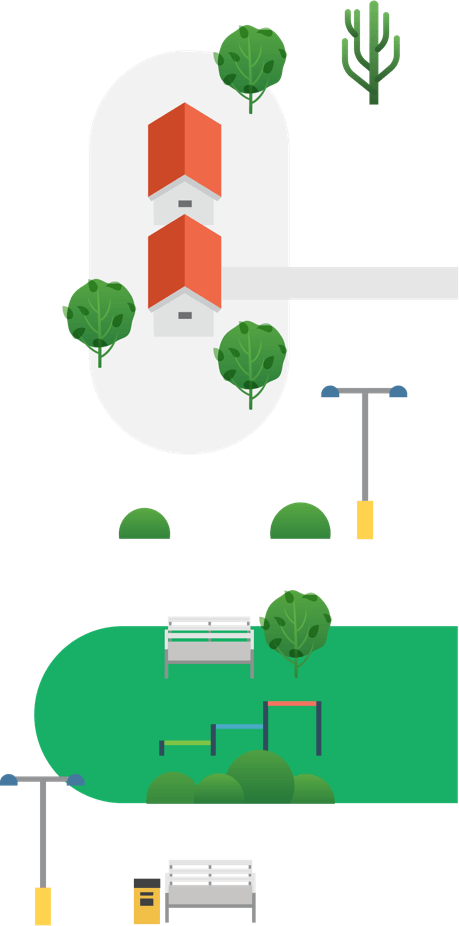
FIGHT THE DISTRACTION
Before you start driving, put the phone on silent and stow it out of reach; or give it to a co-pilot.
FIGHT THE DISTRACTION
Any extreme emotion can cause tunnel vision. If you’re feeling angry, sad or stressed, don’t get behind the wheel. If you’re already driving, find a safe place to pull over and park until you feel better.
FIGHT THE DISTRACTION
Assign seats and roles to your passengers before getting in the car, to minimize potential distractions. Always secure pets in a crate or a backseat restraint.
 New message! READ NOW
New message! READ NOW
“Hey, I just got into town. What are you up to tonight? Want to grab a bite then go see a movie?” READ NEXT
“If you had been reading this while driving 55 mph, you would have traveled the length of a football field.”
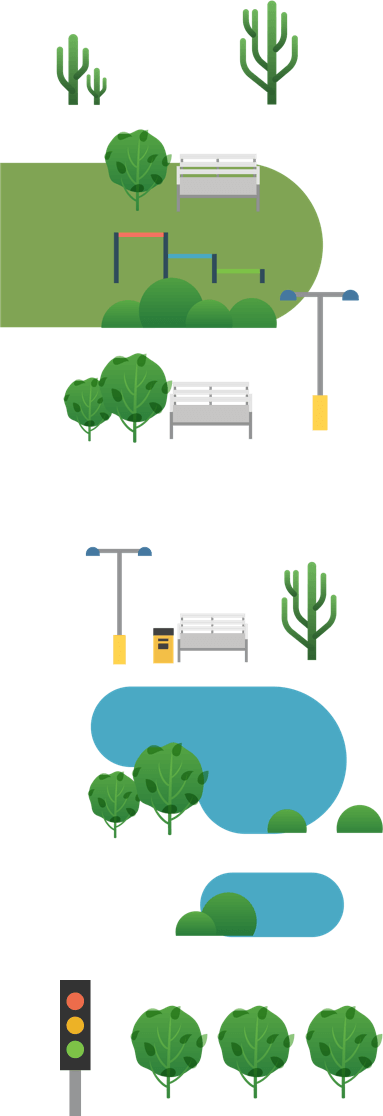
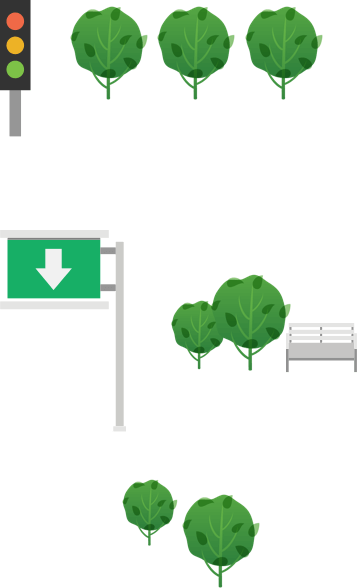

CELL PHONE BANS: STATE LAWS
Although distracted driving is uniformly discouraged across the country, cell phone usage laws vary from state to state. Check out the hand-held usage laws for each state provided by the Insurance Institute for Highway Safety (IIHS).



 Change Starts Now
The NSC’s Vogel feels hopeful about all the efforts to combat this epidemic; and encouragingly, NHTSA reports that distracted-driving fatalities in 2016 dropped slightly (2.2 percent) from the previous year. “Someday we’re going to look back at distracted driving and feel the same way about it as we do now about drunk driving,” Vogel says. “We’re going to wonder how we ever let it happen at all.”
But Vogel also feels that getting to this point will require more effort, starting with taking personal responsibility for our own driving behavior. “There’s a dangerous sort of cultural complacency that’s overtaken us, especially when it comes to using our devices,” she says. “We want to be safe—but we also want to be able to pick up our cell phones whenever they ring.”
“We all need to do our part to address this disconnect,” says Vogel. “Before we take the wheel, we should all make sure we look in the mirror and take personal responsibility for our driving habits. We do not want others to be distracted. We should make sure we aren’t distracted ourselves.”
Illustrations by Jing ZhangIllustrations by Sarah Gold
Change Starts Now
The NSC’s Vogel feels hopeful about all the efforts to combat this epidemic; and encouragingly, NHTSA reports that distracted-driving fatalities in 2016 dropped slightly (2.2 percent) from the previous year. “Someday we’re going to look back at distracted driving and feel the same way about it as we do now about drunk driving,” Vogel says. “We’re going to wonder how we ever let it happen at all.”
But Vogel also feels that getting to this point will require more effort, starting with taking personal responsibility for our own driving behavior. “There’s a dangerous sort of cultural complacency that’s overtaken us, especially when it comes to using our devices,” she says. “We want to be safe—but we also want to be able to pick up our cell phones whenever they ring.”
“We all need to do our part to address this disconnect,” says Vogel. “Before we take the wheel, we should all make sure we look in the mirror and take personal responsibility for our driving habits. We do not want others to be distracted. We should make sure we aren’t distracted ourselves.”
Illustrations by Jing ZhangIllustrations by Sarah Gold




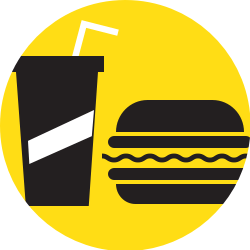 EATING & DRINKING
EATING & DRINKING
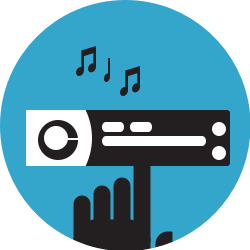 CHANGING RADIO STATIONS
CHANGING RADIO STATIONS
 DANCING IN SEAT
DANCING IN SEAT
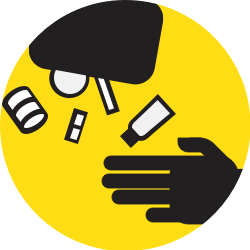 REACHING FOR AN OBJECT
REACHING FOR AN OBJECT
 ADJUSTING CLIMATE CONTROL
ADJUSTING CLIMATE CONTROL
 HAIR & MAKEUP
HAIR & MAKEUP
Jose Moran Urena says,
Thank you! I understand to do this.
Gregg R. says,
Thanks for the suggestion.
I’ve turned on the feature about no interruptions whilst driving.
Kasi McCarty says,
COUNT ME IN!!
Deborah Sherman says,
Material was very informative.
Mona Timpa says,
It is hard to believe so many people text while driving.
Gi Jelinek says,
Unfortunately until they get into an accident etc they will continue on (unless in States that are VERY clear on the law and getting pulled over for texting and driving and ticket may also impact your auto insurance (a simple texting ticket could be a surcharge able incident ** auto insurance company policies are not uniform in contracts in addition to rated state of policy and again type of contract.
Imagine being an auto insurance agent and a customer calls in to add their new vehicle to their policy they’ve told you that they are on their way to work or flat out say they are driving right now etc. I’m assuming Bluetooth but still that is unfortunately not a rare example.
Claie Silvey says,
I am really upset about approaching a red light , trying to get to another line like left . and the veh. in that lane has stop 3 car lengths back. on phone and I miss my turn. sometimes its more than 1. the only way is to get in that lane. is to travel in that lane half mile back.
Fern Kurland says,
Of course using cellphones while driving is totally dangerous; but also fooling with radio stations, trying to adjust the heat/air conditioner, turning one’s head around to fully see something as one is passing by. I don’t know if you have mentioned these distractions in another place, but I feel it is very important to add to safe driving. Just one look away from the road can cause the wheel to turn. It doesn’t take much to cause a voidable accident.
Joanna London says,
You don’t mention anything about using GPS while driving. I’m sure it’s as distracting as changing the radio station. On the other hand, we need to know where we are going. What suggestions do you have for proper use of GPS?
Editor says,
We would suggest you program your destination into your device before you start moving. Use the GPS voice prompts to direct your journey so you can keep your eyes on the road and not on your device.
Abe says,
Good point. Unfortunately, it is almost impossible to drive these days without the help of GPS. Long distance commute and road work make it a necessity. We will never be able to eliminate all distractions, but we can tackle many of those and drive responsibly. Listening to your GPS device voice commands instead of looking at it is a good choice as a Geico editor mentioned.
Gayle Martin says,
Is there a defensive driving class available for senior citizens that one can take for Nebraska.
Editor says,
Hi Gayle, Check this page for information about defensive driving discounts and courses: https://www.geico.com/save/discounts/defensive-driver-discounts/
Irmhild S. Comte says,
It is common sense that these things should never be done, if there is an urgency I stop and send a message out of road traffic or have water only at the red light stop. I am even surprise that people are doing that kind of things.
Thank you for the information.
Greg says,
This article is really pretty scary.
Doris Vitello says,
Thank you for all this reminders! That we all must do. All lives matter.
Saraj Husseini says,
Thanks for the useful information. Most of it is common sense but we need to be reminded to be more responsible, defensive drivers and save lives.
Antoinette D. Jackson-Campbell says,
These great reminders of distractions are essential for safe driving. It sometimes is more difficult to drive safely now than ever before. Most folks drive faster, don’t pay attention and do not stay on their lanes.
Ben says,
We need to administer a driver’s coloring book to see if drivers can even stay between the lines.
Colleen Ramsey says,
This is very valuable information and this needs to be posted in all Drivers Ed Classes around the country and when you go for your license for the first time and when you renew it this should be handed to everybody that walks through the door.